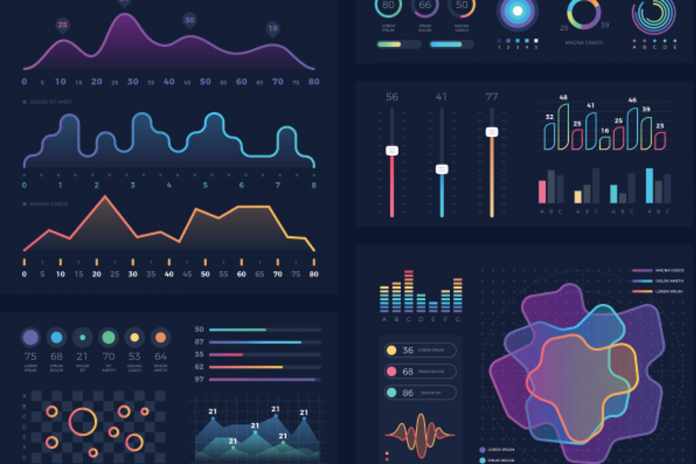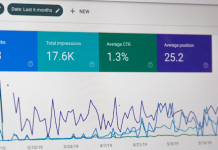Today, data and its usage are more ubiquitous than ever. To put things in perspective, more data was being created every second in 2012 than existed in total on the entire Internet just 20 years before that. To be fair, the Internet evolved a lot between 1992 and 2012. But, arguably, it has also progressed just as far from 2012 to now. The scale and speed of data creation aren’t slowing down anytime soon.
This means a few things.
For one, there’s more data available for analysis now than at any time before. With the amount of cloud-enabled devices that allow for constant, real-time data collection, there’s an enormous amount of information out there waiting to give us insights. Enterprises that utilize their data best will have an inherent advantage over other organizations due to having higher quality information.
With that in mind, let’s take a look at some of the best Data Visualization Practices.
Ensure Accuracy
What’s data analysis worth if it’s built on top of a false premise? It’s worse than nothing, as you’re not just void of correct information; you’re being led to believe something false is true. This is why accuracy is one of the most essential pieces of good data visualization.
There are several places where accuracy can be lost when it comes to data analysis. For instance, your inputs, such as monitoring tools or edge devices, must be calibrated correctly. If measurements are even slightly off, this can lead to massive discrepancies in accuracy, wasting time and resources to right the situation.
But the data collection stage isn’t by any means the only place where things can get messy when dealing with data. The architecture of your collection and analysis software applications must be built in a way to avoid costly errors. Furthermore, data visualization outputs are going to be based on these factors, as well as the thoughtful creation and customization of dashboards for specific users. Mistakes here can lead to employees reporting inaccurate results, which will hurt your bottom line.
Comprehension and Communication are Paramount
Data visualization is a way to make raw information more digestible for humans. When thinking about data visualization in this way, there are a few elements that stand out as particularly important:
- Utilizing data visualization tools that enable endless drilldowns. This greater degree of granularity allows stakeholders to extract far more value from data. More intuitive and integrated drilldowns in data visualizations can be used for solving highly specific problems.
- Making data visualizations easily sharable throughout your organization. Knowledge is power only when it’s in the hands of the right people. When data visualizations can be quickly distributed to decision-makers, it ensures information gets to those who need it in an efficient manner.
- Democratizing the creative process. In the past, data and its use have been relegated to a certain sect of trained employees. Adopting technology that allows for greater usage among employees will lead to more insights, as well as a culture that uses data as a way to justify action.
Some companies provide the tools enterprises need to accomplish all these things. ThoughtSpot offers artificial intelligence-powered analytics tools for organizations aiming to accomplish these three points.
The Point Should Be Obvious
Data visualizations should not confuse your audience, nor should it be used to impress them with a lot of fancy content. Two points need to be made when it comes to clarity of data visualization:
- Keep things simple so the ultimate point is clear to readers. You can make additional visualizations if you have more things you need to share. Trying to cram too many ideas into one, however, will leave people confused.
- Be mindful of word choices, as well size, scale, and types of visualizations. Certain graphs and data visualization tools work better for certain functions than others. Picking a visualization that works with your data is key. Furthermore, take the time to shore up language, and any other issues that could lead to confusion.
Data Visualization Practices is an important part of how enterprises today make decisions. It’s essential businesses strive to understand the best practices of data visualization in order to produce the best results.








